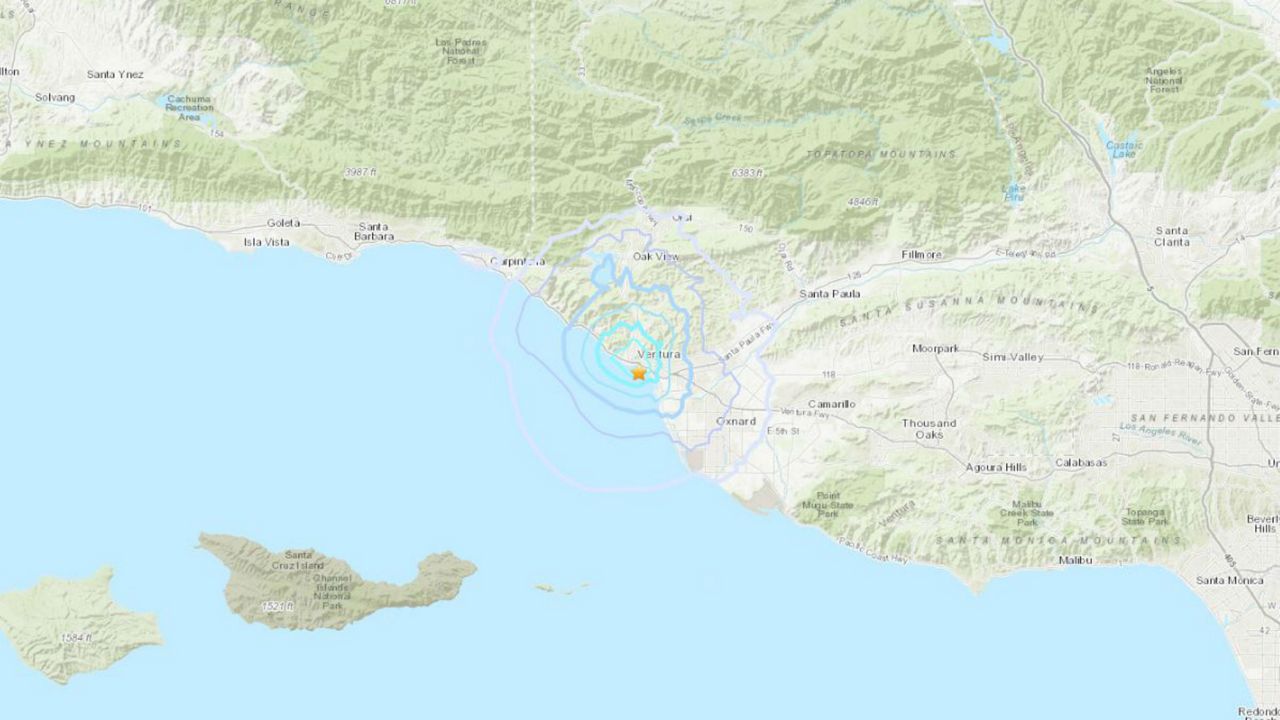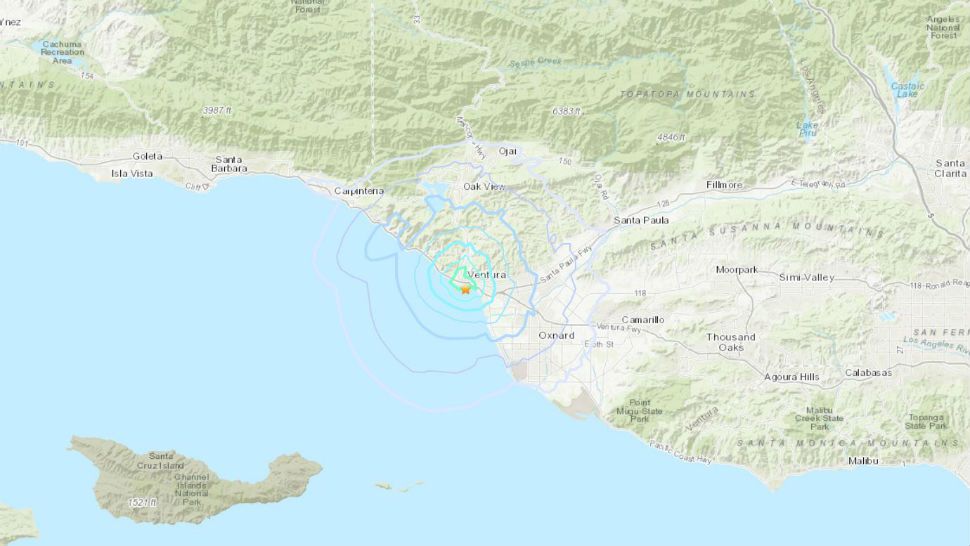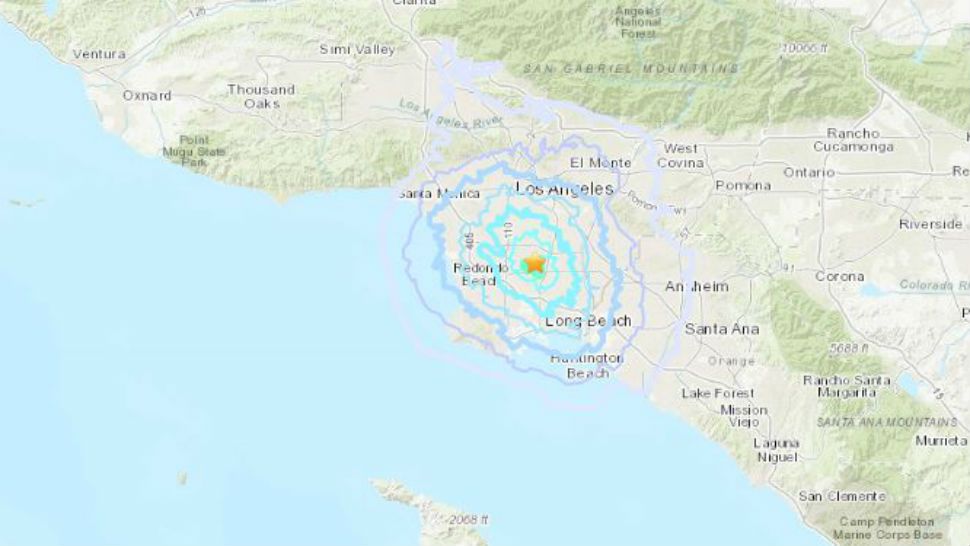California is a great place to live but it does have its FAULTS and in this Virtually Rick we take a closer look at one of them, the strike-slip fault.
First of all what is a fault?
Let’s talk about crusts and plates. The Earth’s crust or shell or lithosphere floats atop of the Earth’s molten rock, a kind of hot sea with a convectional current. Now the Earth's shell is cracked in places that resemble plates, which is what they are, tectonic plates, specifically. And where those plates butt up against each other is called a fault.
Earthquakes mainly happen along breaks in the Earth’s crust because the plates ride up against each other on that sea of hot rock. They can break or shift suddenly sending out shock waves - an earthquake - which are actually incredibly common: 500,000 happen worldwide every year and around 10,000 of those occur right here in Southern California. A recent study suggests that we get one earthquake roughly every 3 minutes, but thankfully very few of those cause damage.
And now a FAULTY Fact. Ah geological humor!
The 800-mile long San Andreas Fault is actually not one giant fault, its lots and lots of smaller ones in a row. The North American and Pacific Plates are grinding past each other in a sort of horizontal motion. Geologists call this a strike-slip fault, which are almost vertical breaks in the crust where each part moves largely horizontally, not up or down but sideways in opposite directions - the slipping part - like rubbing the palm of your hands back and forth.
As the plates move they build up strain against the opposite one until the tension is finally and suddenly released. This doesn’t happen overnight because that strain is often shared by different parts of the fault building up for hundreds of years until it finally releases all the tension and strain in a sudden movement, which caused one of the deadliest strike-slips the U.S. has ever seen.
In the 1906 earthquake roads and trees west of the fault in the San Francisco region moved slightly north as a result. In fact most of the population of California is on the west side of the fault, on the Pacific plate and thanks to the slipping of these plates we’re all moving around 3 inches northwest every year.
So, If you’re ever bored of the long drive to San Francisco then don’t worry, all you have to do is hang around for about 15 million years and soon enough, thanks to the Strike-Slip Fault, you'll be able to watch the Oakland A's from your backyard.











